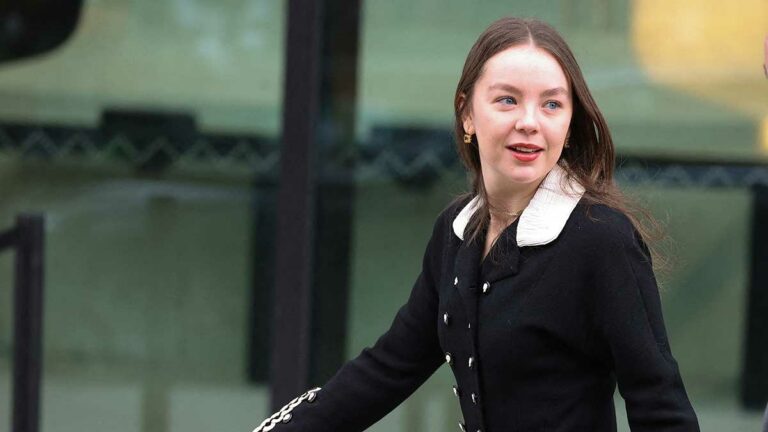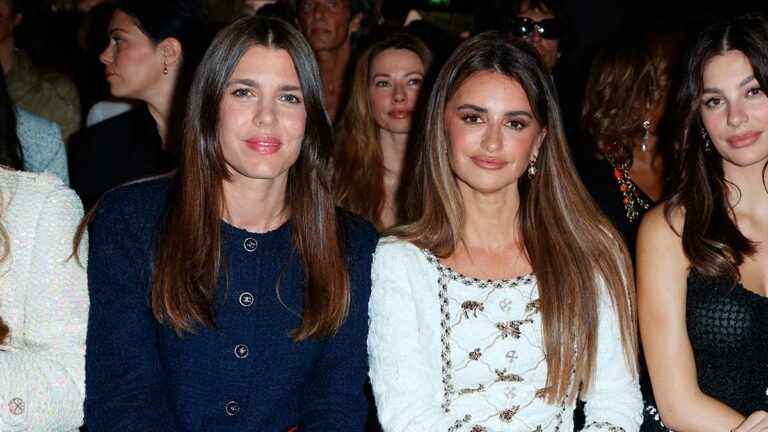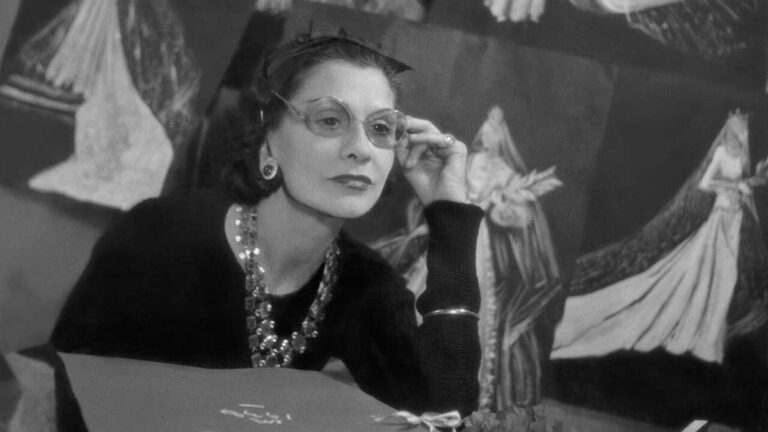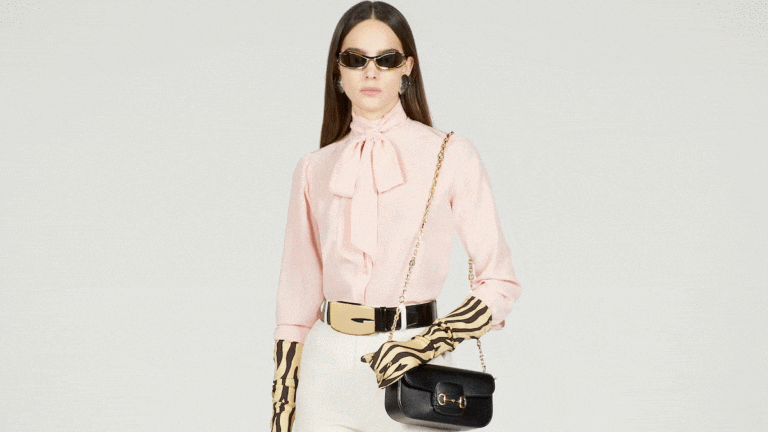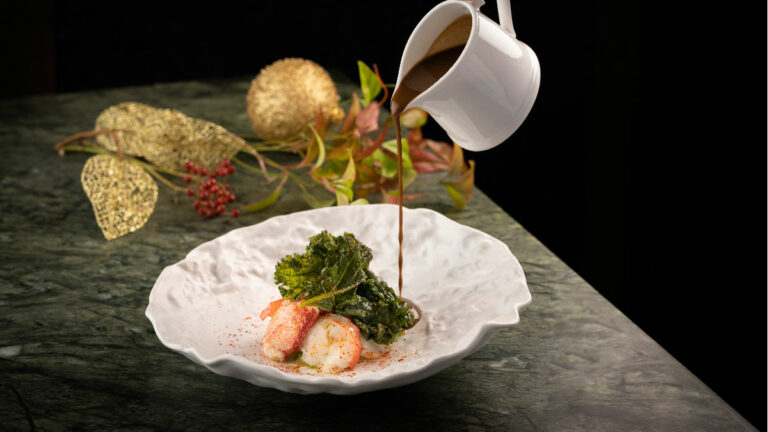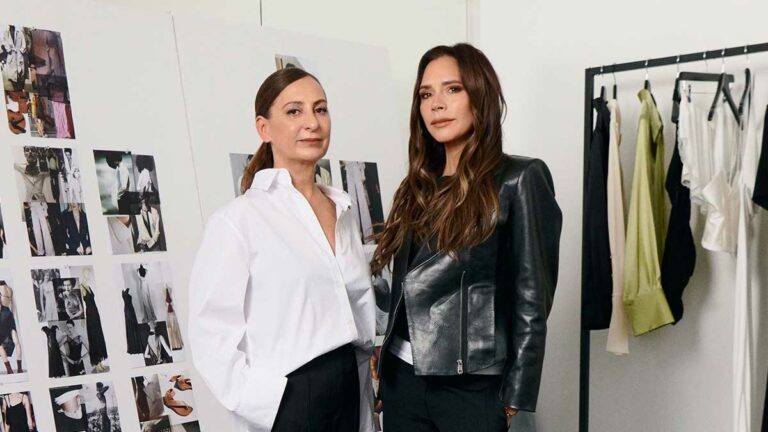Eugenia Errazuriz or the art of modern minimalism
“Throw out and keep throwing out”, Eugenia Errazuriz.
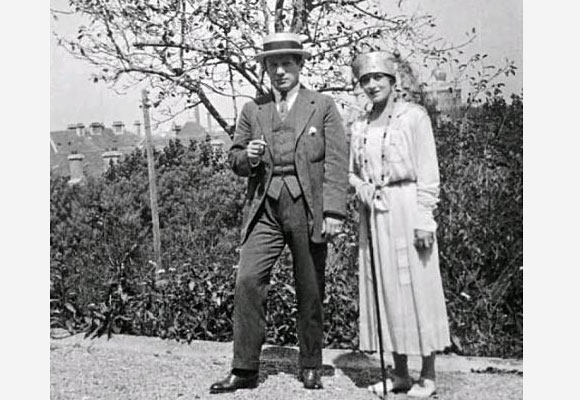
I have been very inspired lately by these words pronounced by Eugenia Huici De Errazuriz (1860-1951) as I tackled yet another (small) move which, however, generated 9 boxes of stuff to find place for in my already full flat. I generally have my own law about possessions and that is….anything that comes into my home, means something else has to go out. Accumulating makes me claustrophobic, I do not collect anything and even though I have worked in the business of the visual arts for decades, I have nothing hanging on the walls. Bare white walls give me peace and make me feel serene and grounded.
I was very grateful to my friend Maca Huneeus for refreshing my mind and inspiring me to write about the unique Eugenia Errazuriz. This came at the most appropriate time and just as I was contemplating the pile of boxes sitting in the middle of my living room for the last 3 days wondering how to put all that those things away . Like a mantra I kept repeating to myself: “Throw out and keep throwing out” one of Eugenia’s many priceless quotes, and throw out or give away I did.
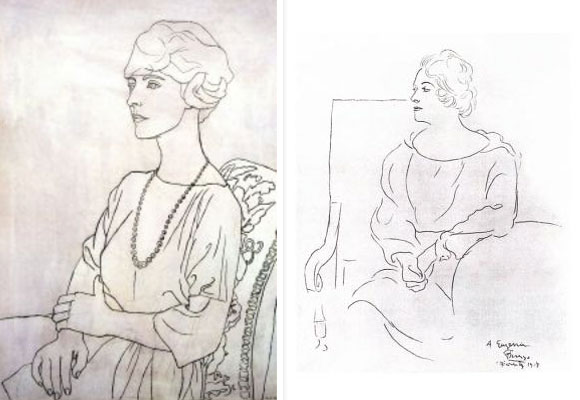
Born in 1860 in Bolivia, Eugenia Huici moved to Chile in 1865 . Over her lifetime she would have an extraordinary influence in Europe in art, literature, music and interior design as both muse and patron. Married to José Tomás Errazuriz, diplomat and paintor son of a wealthy mining dynasty and both of them coming from traditional families, they were to lead a most unconventional and untraditional life. Eugenia and José Tomás had a passion for European culture and moved to Paris in 1882. A vivacious and beautiful woman she was painted by Jaques Emile Blanche, John Singer Sargent, Boldini, Chartran, Hellen, Madrazo, Conder and Picasso, who painted her over the course of their 30 year long friendship a total of 24 times.
After Sargent met Eugenia in Venice in 1880 he wrote to his friend, the pianist Artur Rubinstein :” I have never known anyone with the unfailing uncanny taste of this woman. Whether in art , music, literature or interior decoration , she sees , hears, feels, smells the real value , the real beauty”. Such was the attention she paid to detail that during World War I she commissioned Picasso to create cardboard cut-outs of cubist design for the glass pane blackouts.
Artur Rubinstein describes his first visit to her new apartment on the avenue Montaigne in 1918 :Eugenia had a new apartment on the Avenue Montaigne. The drawing room had nothing but 2 pictures by Picasso , a portrait of her daughter and a wonderful landscape. She showed me with pride her chairs. “Ah ! Ah ! ” she said ” beautiful chairs. These are the chairs one hires in the Bois De Boulogne and I was lucky to be able to buy them” .
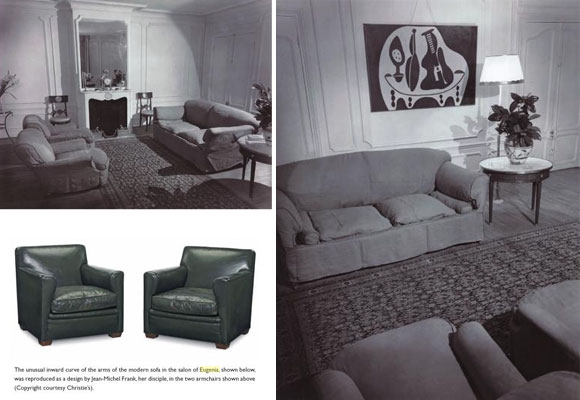
The simple iron garden chairs, which were said to have been taken from the Bois De Boulogne by Jean Cocteau and his friends and sold to Eugenia, were to be much interpreted from then on by the leading designers of that time, from Giacometti and Jean Michel Frank to Poillerat , Du Planter , René Prou, Drouet and others. So this is how Eugenia launched a vogue for integrating iron garden furniture into upper-class interiors. The rudimentary original models of public gardens tables and chairs would emerge in the most elegant classic modernist forms . From then on iron became extremely fashionable.
In the mid 20’s Rubinstein found a home in Montmartre ”before starting to do anything to the house I invited Eugenia Errazuriz to look at it and give me some advice….she looked around approvingly, pointing a finger where the bed had to be ”Ah! Ah! red! red! the spread must be red! and the curtains grey! Like the wall! Grey!”.
Eugenia did have a unique sense of color. Through her the couturier Elsa Schiaparelli would capture the fashion world’s admiration with her “Shocking Pink”. It was, in fact, a traditional luminous pink dye used on leather in her native Chile, a sample of which Eugenia had brought with her and shown to Schiaparelli.
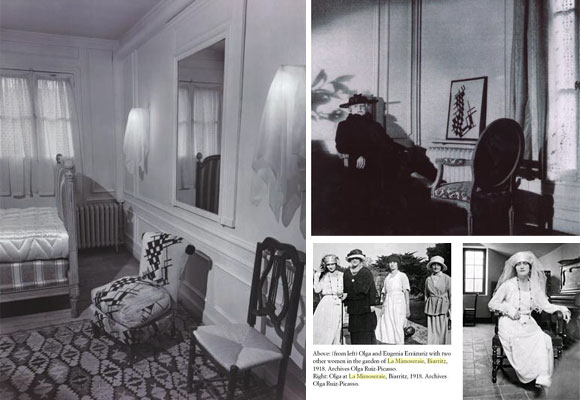
Of Eugenia one can say that she inspired all sorts of artists such as Augustus Johns, Braque, Diaghilev, Cocteau, Stravinsky, Cendars, Le Corbusier and Proust. She was already in her 50’s when she met Picasso in 1915 and was an avant- garde before him. During their long friendship Eugenia was always there for him , understood him, and bought his early works when he most needed. Introducing him to Rosenberg and Wildenstein she created his clientele and laid the foundation on which Picasso could build his art into the biggest market forces of the twentieth century.
Apart from collecting and supporting his work Eugenia also had the vision to introduce him to Diaghilev in order to engage him in the art of theatre decors and costumes which resulted , amongst other collaborations, in the sets for the piece Parade interpreted by the Ballets Russes.
Eugenia had introduced the world to white walls stripped of floral plaster moldings 80 years before the word simplicity becomes synonymous of fashionable living. When in 1918 Picasso went to La Mimoseraie, Eugenia’s home in Biarritz, on his honeymoon with Olga Khokhlova, he was impressed and influenced by the beauty of simple things, chosen and arranged by his hostess and the unaffected daring she brought to interior design . Rejecting the over-ornate pomposity of the turn of the century style Eugenia utters her now famous words” Elegance means elimination” and therefore white walls, bare wooden floors, sparse furniture were to become her signature.
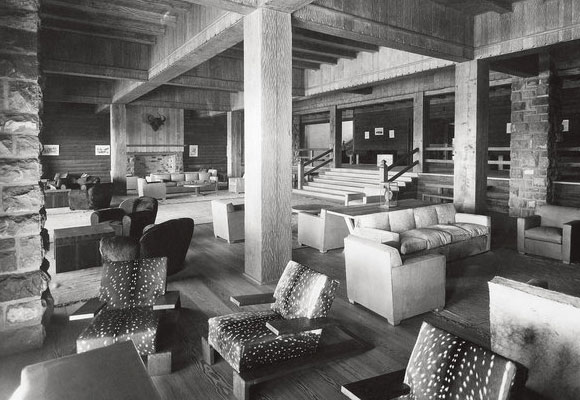
John Richardson writes in his wonderful book A Life Of Picasso: The Triumphant Years, 1917-1932, Volume 3: ”Over the next few year Eugenia would transform La Mimoseraie into a house of monastic simplicity – whitewashed walls and terracota tiles. A minimalist fifty years ahead of her time , Eugenia had thrown out everything except a few armchairs. Her innovations would shock her hidebound neighbors, who lived in elaborate villas filled with fake dix-huitieme furniture and ormolu bric-á-brac, as much as it delighted her progressive friends.
In Paris Eugenia’s apartment was furnished with things that would harmonize with the cubist masterpieces on her walls: a stepladder from a hardware store, some metal seats pinched (though not by her) from the Bois De Boulogne, and a massive red lacquer cupboard for the concealment rather than the display of her “things”.
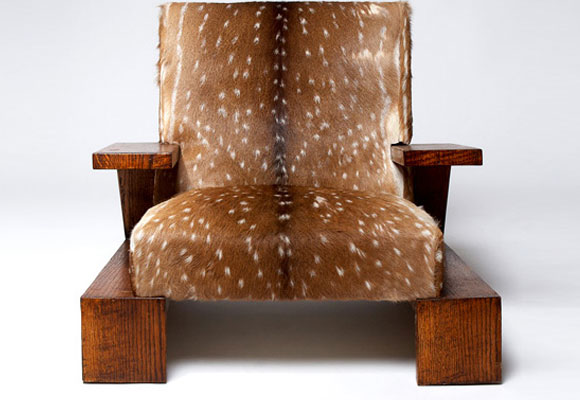
The self-denial, even mortification, in Eugenia’s minimalism reflected her resolutely austere taste in art and decoration, as well as her Spanish piety. She did not see herself as a Maecenas or a muse so much as a secret sharer in her protégés sacrosanct work . If she provided her geniuses -Picasso, Stravinsky, Blaise Cendrars (and later le Corbusier) – with financial aid and tobacco , she did so in the spirit of almsgiving.
While Picasso worked away in his studio at La Mimoseraie , Eugenia would work in her garden, barefoot: for just as she liked to drink either the purest spring water or champagne, she either went without shoes or wore the highest of heels . Instead of planting flowerbed with canna lilies, begonias and lobelia, as the owners of other villas did, she gave over her entire garden to vegetables neatly set out in rows and rectangles . Eugenia abhorred elaborate flower displays, only liking cut flowers if they were of the simplest variety and stuck in a jar . House plants were aromatic ones – rose geranium , lemon verbena,lavender , jasmine- in terracota flowerpots».
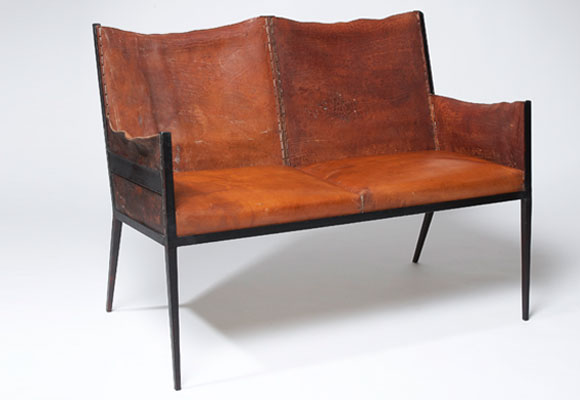
“I love my house as it looks very clean and very poor ” E.E. Struck by the stylish purity , rusticity and simplicity of La Mimoseraie , her close friend Cecil Beaton would describes it as follows: “white- washed walls, spotlessly clean red tiled floors, the dining room : a long wooden shelf scrupulously scrubbed ran the length of the wall , and on it for decoration as well as practicality , she placed a still- life of hams, huge cheeses and loaves of breads under a large bell jar».
Eugenia’s concept of a long wooden shelf as a simple substitute for heavy sideboards and serving tables of that time inspired designers and decorators from Jean Michel Frank to Jean Prouvé to create wall-mounted shelves , consoles and desks . Eugenia took Jean-Michel Frank under her wing during his formative years, showing him how Louis XVI furniture could be reinterpreted in a modern way. Frank would subsequently create through his design company COMTE classic rustic modernist designs for the legendary Patagonia Llao Llao Hotel . By 1937, Comte was producing his designs locally, and soon Frank was designing pieces (like a striking oak lounge chair with doe-hide upholstery photographed below) specifically for Argentinian projects like the above mentioned Llao Llao Hotel in the photograph below, or the sumptuous Born house in Buenos Aires, the library of which was lined in Hermès leather, and which had a three-panel screen by Salvador Dalí and lighting by Alberto Giacometti.
Interior designer Jean Michel Frank said: «Everything I know ( more of less ) I owe to her”Eugenia’s unique, instinctive , minimalist vision and love of the lines and proportions of Louis XVI furniture would inspire the entire career of the young modernist . In February 1938 , 17 years after they met , Frank would write about Errazuriz for Harper’s Bazaar USA : “Her influence is indisputable. In a salon of Madame Errazuriz -whether it is her little house in Paris or her villa in Biarritz – the walls are always painted white. The floor is scrubbed with soap and water. There is a comfortable sofa and big armchairs , some pieces of severe Louis XVI with beautiful architectural lines. On the walls always one Picasso or more . At night , a very clear light to accent the neatness.
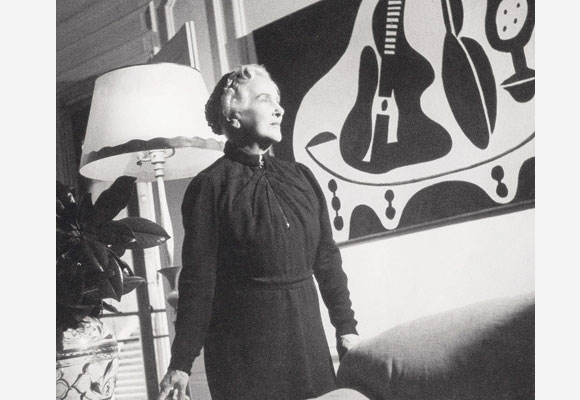
You will find in her salon an inkwell, a blotter, ash-trays, a vase full of greenery , a flowering plant in an eighteenth century jardiniere . But expect nothing more. No gadgets, no decorative bibelots left there by chance. Each object, no matter how usual, has been picked and chosen with great care. Every color has value. When she moves in, she even gives the painter a sample of the exact shade of blue for the lining of her closets. The little pavilion in Paris …for decoration she has used the household implements that are usually stowed away in back hall closets. The little pavilion in Paris is really a wing of the house of Comte Etienne De Beaumont. The entrance hall is white, the floor scrubbed and shining.There is a plain oak armoire copied from an old chinese piece.
The stair railing is painted black, the stair carpet is bright red, the garden table and chair emerald green. For decoration she has used the household implements that are usually stowed away in back-hall closets. A ladder and coat hanger painted iron grey. A wicker table…..You will find not photographs or portraits standing around the house. Instead , they have been fixed inside the drawers of the commode . She detests anything set in decoration, anything condemned to immobility. ”A house that does not change is a dead house” . One must change the furniture of at least rearrange the furniture continually. This perpetual renewing is the beauty and strength of fashion. In a house where nothing budges , the eye too long accustomed to the same scene, ends by seeing nothing“.
“The worth of a belonging has no interest for her. On a valuable table one finds-and how many need to learn this lesson – a simple wicker basket. ” If the kitchen is not as well kept as the salon ” she says” if there are masses of old things lying around the bureau drawers, you can’t have a beautiful house. Throw out and keep throwing out. Elegance means elimination”. Jean Michel Frank.
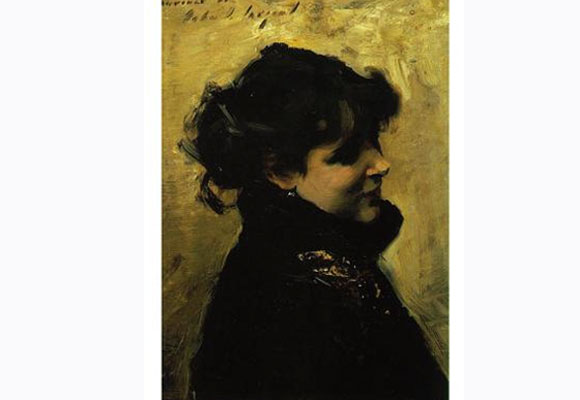
These are the three main lessons that Eugenia transmitted to Frank:
- Lesson one: remember the purity of line and proportion of late 18 th century furniture.
- Lesson two: Elegance means elimination.
- Lesson three: Do not forget the comfort of English furniture, specially the armchairs of London’s gentleman’s clubs.
She housed the objects she cherished in two large red lacquer cupboards. She used unlined blue and white striped curtains with classic French furniture, house plants had to be aromatic – rose geranium, lemon verbena, lavender, jasmine-all in terra cotta pots- another often -seen detail in design today. “Everything in Aunt Eugenia’s house smelled so good.” (Eugenia’s great niece Patricia). It was reported that the towels smelled of lavender, and that she washed her hair in rainwater. “To have an expensive ashtray on a table was, for her, as vulgar as putting out a saucer with a large cheque upon it: a plain piece of glass was all that was needed”. Cecil Beaton. Glass Of Fashion 1954.
In 1935 Cecil Beaton wrote about his visit to the lodge- house in which she now lived in Paris, lent to her by her old friends , the Comte and Comtesse De Beaumont : Madame Errazuriz is now a very old woman…we sauntered through rooms furnished with the same stark taste that characterizes Picasso and Gertrude Stein. The floors are polished and bare , furniture is bold…..Panelled walls have been painted a French grey. A bunch of tightly packed peonies in a glass goblet on a brass table should have been painted by Monet. The curtains were made of sprigged white muslim. Huge abstract paintings by Picasso hung on the walls….Mme Errazuriz’s lodge- house is small, simple and in no way spectacular. But for those who can recognize such things, the taste is the height of luxury. This woman’s surroundings have reflected the same uncompromising and sophisticated sparseness…..that startled fin de siécle eyes and made Picasso realize he had found a kindred spirit.
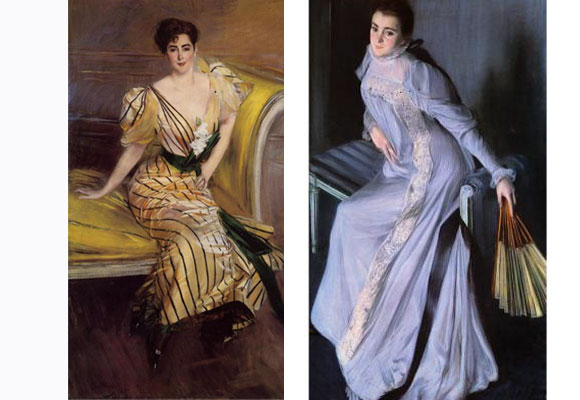
I am not surprised that later in life she became a lay nun since both Eugenia and her husband José Tomás were known for being generous and charitable. In 1926, a year before he died in Switzerland, José Tomás sent all his art works back to Chile to be auctioned and the proceeds distributed amongst the dispossessed. Eugenia herself would always share her last cent with any needy artist, poet or musician, and on religious occasions would wear a simple black shift designed by Chanel. In the last years of her life she also commissioned Le Corbusier to redesign her Chilean beach house, but never went ahead with the project.
Eugenia Errazuriz died in 1951 at age 91 after being struck by a car. A few years later, Cecil Beaton wrote: “Her effect on the taste of the last fifty years has been so enormous that the whole aesthetic of modern interior decoration, and many of the concepts of simplicity generally acknowledged today, can be laid at her remarkable doorstep”.
Sources and images courtesy of :
- The Stylemakers by Mo Teitelbaum. 2010 (excellent book for general and inspiring knowledge).
- A Life Of Picasso: The Triumphant Years, 1917-1932, Volume 3: John Richardson (another priceless book).
- Cecil Beaton: Glass Of Fashion. 1954.
- T Magazine: Jean Michel Frank In Argentina. 2010.
- Pagina12. 2011.


